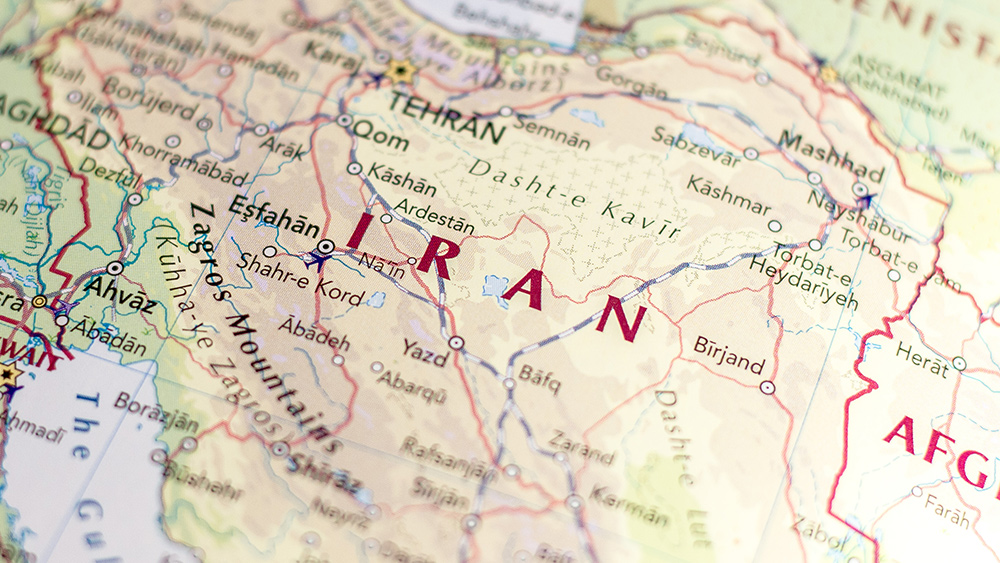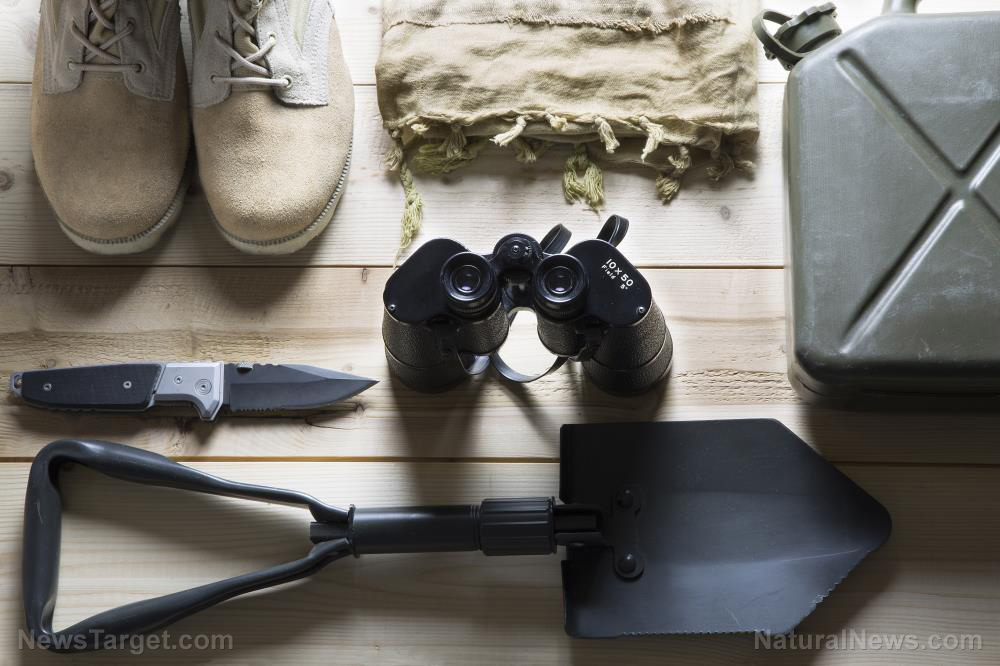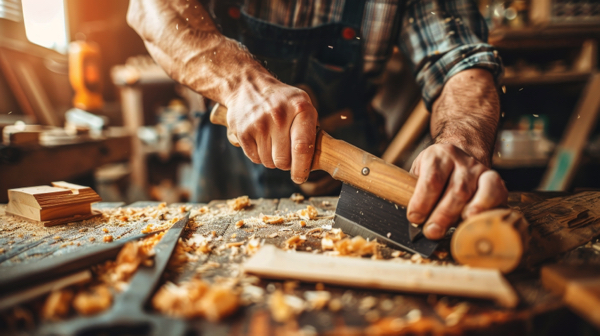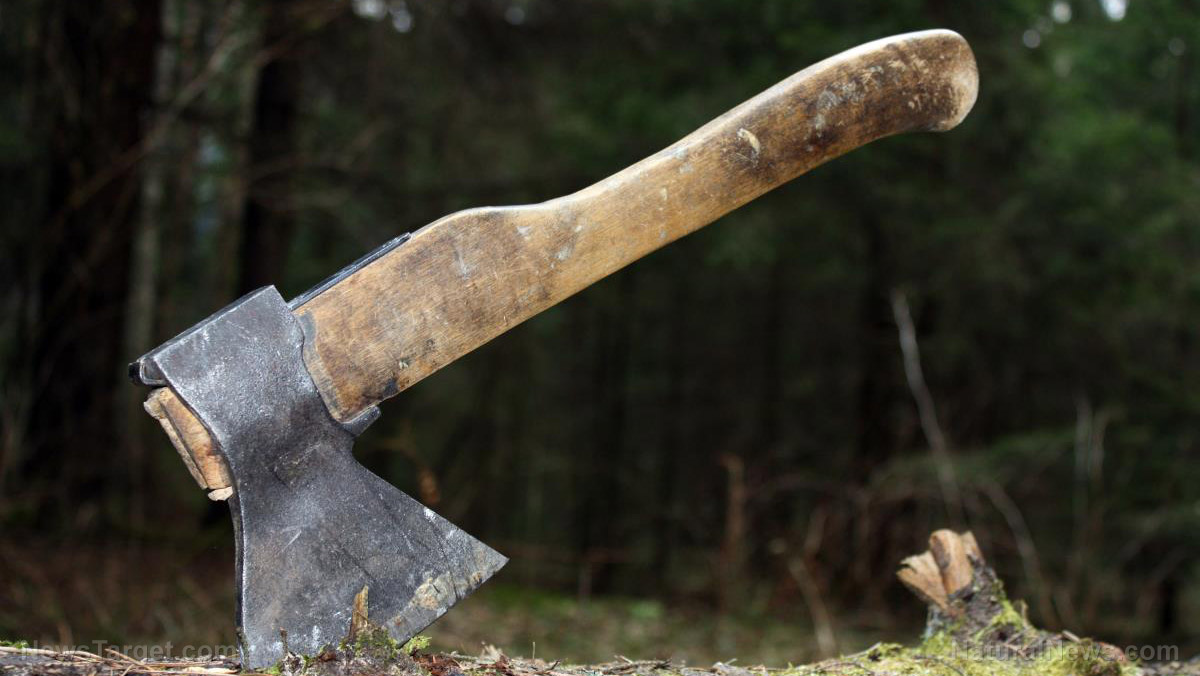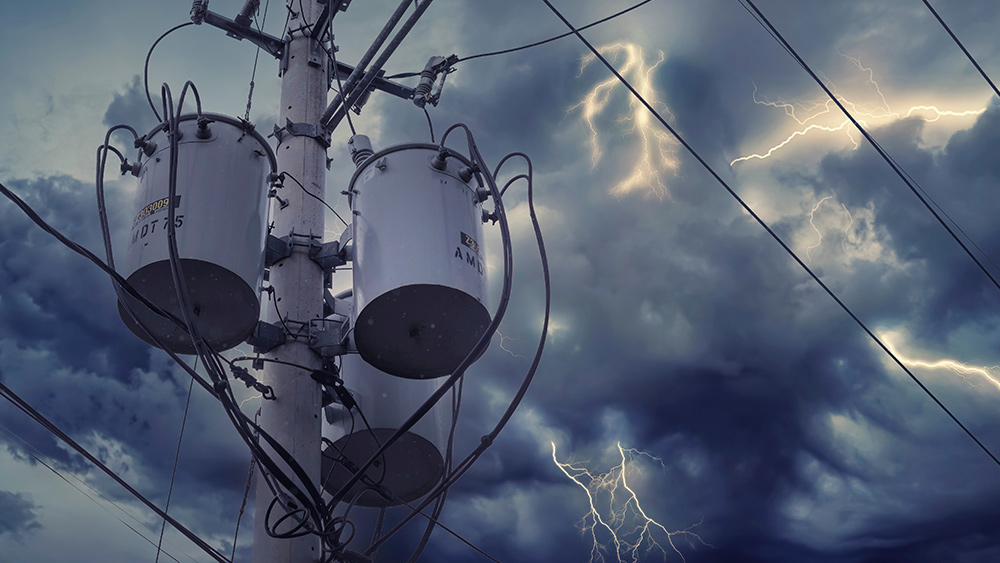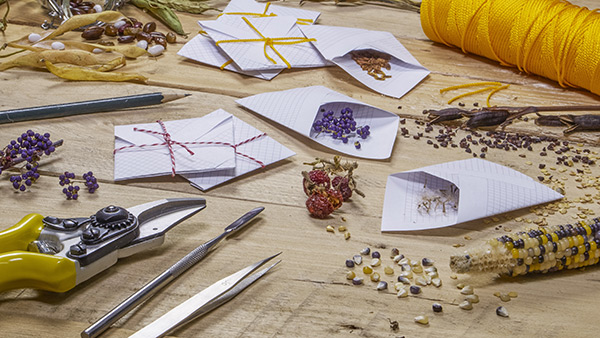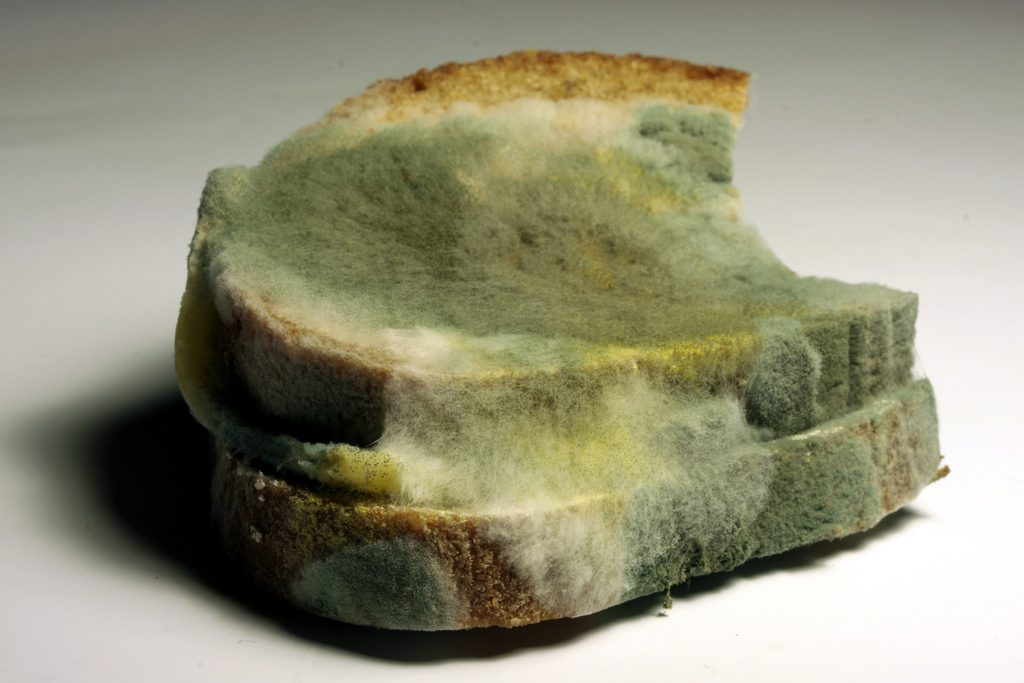Hunting and prepping food safety tips: How to ensure wild game meat is safe to eat
06/19/2025 / By Zoey Sky
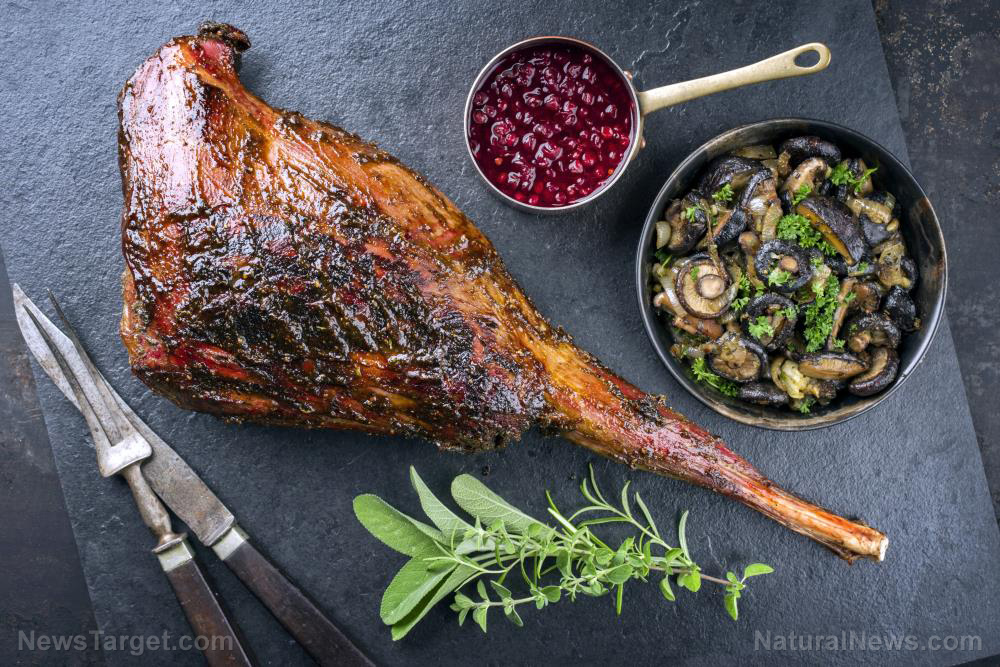
- Trust your instincts. If something seems wrong with the meat, it’s better to go hungry than risk illness. Proper field dressing and quick cooling are key to safe wild game.
- Use your senses to check for spoilage. Avoid meat with ammonia-like, sour or overly sweet odors. Cut into deeper sections to check for hidden spoilage.
- Gray, greenish or rainbow-sheen meat is unsafe. A slimy or mushy texture also means it’s spoiled. Fresh meat is firm and springs back when pressed. Mushy or warm meat indicates decay.
- Discard meat with cysts, abscesses or worms. Freezing or cooking may not always make it safe. Check organs (liver, lungs, intestines) for signs of disease. Healthy organs usually mean safer meat.
- Field dress properly to prevent contamination. Keep tools and hands clean, and cool the meat below 40 F as soon as possible. Proper cooking kills most bacteria, but if meat is already spoiled, no amount of heat will make it safe.
In the heart of the wilderness, miles away from the nearest grocery store, the thrill of a successful hunt can quickly turn into a critical test of survival skills. Whether you’ve bagged a deer, a rabbit or something more exotic, the question looms large: Is this meat safe to eat?
One wrong decision could lead to a range of consequences, from an inconvenient mild stomachache to a life-threatening illness.
For seasoned hunters, this is a familiar challenge, but for preppers and survivalists who may not hunt regularly, the ability to assess the safety of wild game is not just a skill, it’s a necessity. (h/t to Survivopedia.com)
Assessing wild game: Beyond the basics
While a quick sniff or glance might suffice in some situations, truly ensuring the safety of wild game meat requires a more nuanced approach.
Here’s a comprehensive guide to help you make that crucial decision:
Smell test
The smell of meat can tell you a lot about its condition, but it’s important to know what to look for beyond the obvious signs of rot.
- Ammonia-like sharpness – This could suggest spoilage or urine contamination, especially if the animal wasn’t field-dressed properly.
- A sour or fermented smell odor – This indicates that bacteria are already breaking down the meat, making it unsafe to eat.
- Sweet but off scent – Spoiled meat can sometimes develop a sickly-sweet scent before becoming overtly rancid.
If you’re unsure, cut into a deeper section of the meat being prepared. Surface smells can sometimes be misleading, and the inside might give you more information.
Color and texture
The appearance of the meat can also provide vital clues about its safety.
Here are some normal meat colors to keep in mind:
- Bear and wild boar meat – Is usually darker red, but can be almost maroon.
- Bird and rabbit meat – Is usually pinkish-white to light red.
- Venison – Is deep red to purplish when fresh, but can become darker after exposure.
Meat that is an abnormal color must be disposed of properly:
- Gray or greenish tint – This is a possible sign of oxidation and bacterial growth.
- Rainbow sheen – An iridescent glimmer could indicate bacterial contamination.
- Sticky or slimy film – Even if it doesn’t smell bad yet, a slimy texture can suggest that the meat is no longer fit for eating.
Some game, like bear meat, naturally has a darker hue. When it doubt, check the smell and texture. (Related: Prepping 101: The ultimate guide to building a family emergency plan.)
Touch test
The texture of meat is another critical factor. Fresh meat is firm, not mushy.
- Springy – If the meat bounces back after pressing, it’s likely safe.
- Soggy or gelatinous – If meat feels mushy or leaves an indentation, it’s starting to decompose.
- Warm in the middle – Unless you’re in extreme heat, warmth indicates bacterial activity in meat. Cool it down quickly or cook it immediately.
Weird things in meat
Sometimes, the meat itself looks fine, but there are other signs that should give you pause.
- Cysts or abscesses – These round, pus-filled lumps can be found in animal tissue and are more common in older animals.
- Liver flukes – These flat, leaf-like parasites may infest deer livers.
- Trichinella worms – These are parasites that form tiny white spirals in pork, boar or bear meat.
If you see any of these in wild game meat, cut around them. To be safe, discard the meat entirely.
While freezing can kill some parasites, cooking might not eliminate the risk if the infestation is severe.
Gut check
When field-dressing an animal, always inspect the organs. Healthy organs often indicate safer meat.
- Intestines – Intact intestines are good, but ruptured intestines can contaminate animal meat with bile.
- Liver – The liver is normally smooth and deep red. Be wary if animal liver is spotty or pale.
- Lungs – Animals’ lungs should be clean, without foam or dark patches.
If the liver looks diseased, the whole animal might be compromised. When in doubt, it’s better to err on the side of caution.
Trust your senses
Modern life has conditioned people to rely on labels and dates, but in the wilderness, your instincts are your best guide. If something looks, smells or feels off, it probably is.
Field dressing tips
Field dressing is not just about removing the organs; it’s about preserving the meat and preventing bacterial contamination.
Field dressing is crucial because bacteria thrive in warm, moist environments. The quicker you cool the meat and remove the organs, the safer it will be.
Recommended equipment for field dressing
You need the following items for proper field dressing:
- Clean cloths or paper towels
- Clean drinking water
- Disposable plastic gloves
- Ground pepper and cheesecloth
- Large cooler with ice or snow
- Resealable plastic storage bags
- Rope or nylon cord
- Rubber bands
- Sharp knife
- Small hatchet
- Whetstone or steel for sharpening
Key steps for proper field dressing
The best way to prevent food poisoning is to follow these steps for proper field dressing:
Keep meat clean
Wash your hands before and after handling the carcass and dress the animal on a clean surface. Try not to puncture the stomach or intestines with your knife and tools. If you do, clean the inside with antibacterial towelettes or vinegar.
Prevent internal contamination
Clean your knife frequently, especially after it comes into contact with the animal’s bodily fluids. Try not to cut through the backbone and don’t eat the brains to minimize disease risk.
Cool the meat
Bring the carcass to an internal temperature of less than 40 F as soon as possible. On warm days, skin an animal like deer and fill the body cavity with ice, frozen water or snow.
Cook game meat properly
Normal bacteria can be killed by cooking meat to the correct internal temperature. However, once bacteria have proliferated, no amount of cooking can eliminate them.
Sometimes, the damage to an animal is too severe. If the guts are ruptured, the meat is warm and stiff, or if it has pus-filled abscesses, it’s safer to dispose of the carcass. In a survival scenario, one meal is not worth the risk of food poisoning.
Field dressing isn’t glamorous, but it’s essential. The faster and cleaner you do it, the safer your food will be.
Visit Health Ranger Store and Brighteon Store to find more lab-verified products for your prepping needs. You can also visit FoodStorage.news for more stories on how to build your food stockpile before SHTF.
Watch this clip about Pink Himalayan Salt and why you need it in your emergency stockpile.
This video is from the Health Ranger Store channel on Brighteon.com.
More related stories:
Top canned foods with the longest shelf life.
Survival stockpile staples: Emergency foods for long-term storage.
Hunting on a budget: How to bag your first deer without breaking the bank.
Prepping tips for beginners: Nutritious emergency foods to stock up on.
Sources include:
Submit a correction >>
Tagged Under:
bug out, emergency food, ethical hunting, field dressing, food freedom, food handling safety, food safety, food supply, hunting, meat, off grid, preparedness, prepper, prepping, prepping skills, self-reliance, SHTF, survival, survival skills, tips, wild animal meat
This article may contain statements that reflect the opinion of the author
RECENT NEWS & ARTICLES
COPYRIGHT © 2017 PREPAREDNESS NEWS




